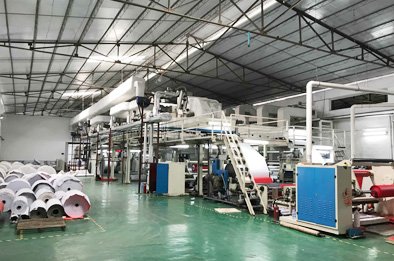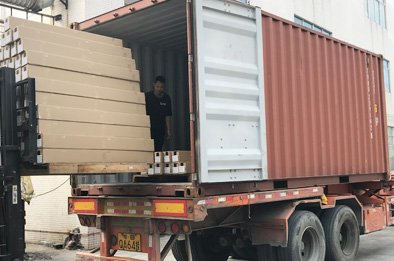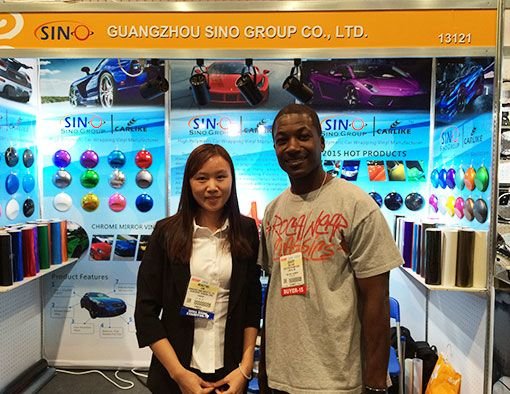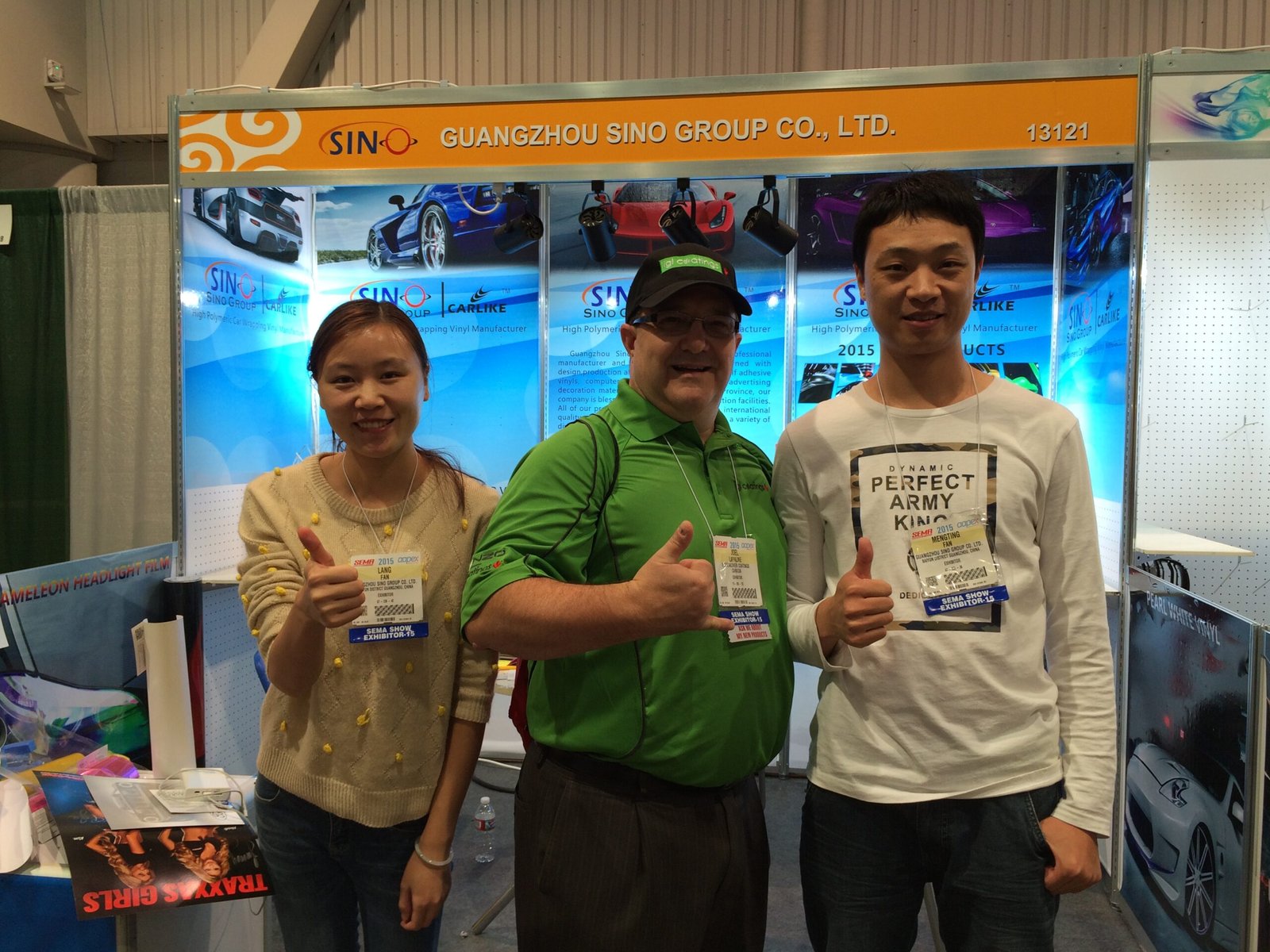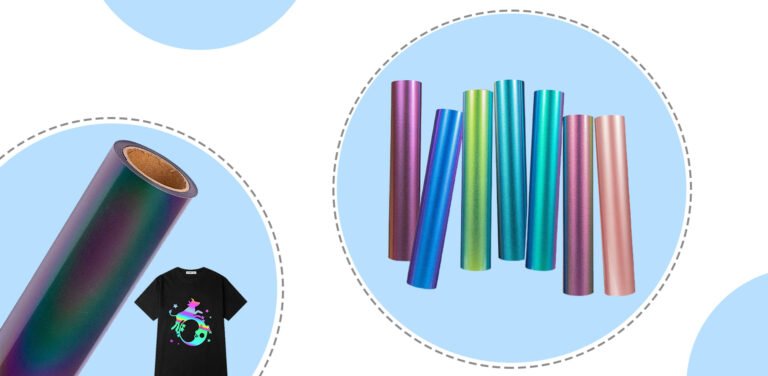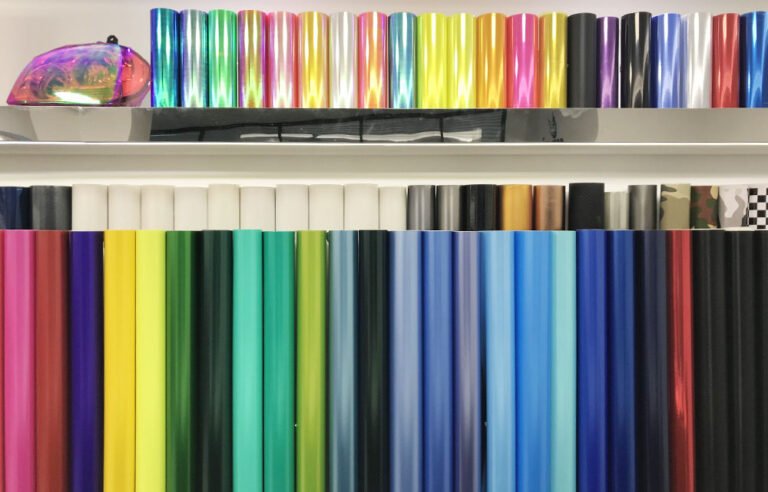Unveiling the Secrets: How to Keep Your HTV Designs Looking Fresh
Heat transfer vinyl (HTV) is designed to withstand washing and maintain its appearance on garments, but its longevity depends on a few factors, including the quality of the vinyl, the application process, and the care taken during washing and drying. Generally, when properly applied and cared for, HTV can hold up well in the wash. Here’s how it typically fares:
1. Initial Adhesion
A critical factor in the durability of HTV is how well it adheres during the application process. Proper heat, pressure, and time are necessary to ensure strong initial adhesion. If the vinyl is not securely attached to the fabric from the start, it’s more likely to peel off during washing.
2. Washing Instructions
Following the manufacturer’s washing instructions is crucial for preserving HTV designs. These instructions often recommend washing the garment inside out, using cold or lukewarm water, and avoiding harsh detergents or fabric softeners. Harsh detergents or high temperatures can weaken the adhesive and cause the vinyl to peel or crack.
3. Gentle Cycle
Washing garments with HTV on a gentle cycle can help prevent excessive agitation and friction, which can lead to premature wear and tear. Gentle cycles are generally less abrasive on the vinyl design.
4. Drying Methods
Heat is the enemy of HTV, so it’s best to avoid high heat when drying. Air drying or using a low heat setting is recommended. High heat can cause the adhesive to soften, which could lead to peeling or distortion of the design.
5. Inside Out Washing
Turning the garment inside out before washing can provide an extra layer of protection for the HTV design. This reduces the friction between the vinyl and other garments in the wash.
6. Avoiding Rough Surfaces
During washing, avoid washing garments with HTV alongside rough fabrics, garments with zippers, or items with Velcro, as these can rub against the HTV and cause damage.
7. No Ironing Directly on HTV
If you need to iron the garment with HTV, avoid ironing directly on the vinyl. Instead, use a cloth or parchment paper as a barrier to protect the design.
8. Consideration for Layered Designs
If you have layered HTV designs, ensure that each layer has adhered properly during application. Layers that aren’t securely bonded can peel away from each other in the wash.
9. Longevity Varies
Keep in mind that the longevity of HTV can vary based on factors such as the quality of the vinyl, the type of fabric, and the frequency of washing. Higher-quality HTV and proper care will generally result in longer-lasting designs.
Final Words
In summary, heat transfer vinyl can hold up well in the wash when applied correctly and cared for properly. Following manufacturer recommendations and using gentle washing and drying methods will help maintain the appearance of the vinyl designs over time.
Factory Show of SINO VINYL: Perfect Graphics Solution
